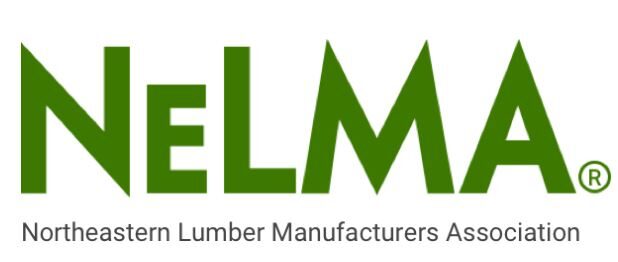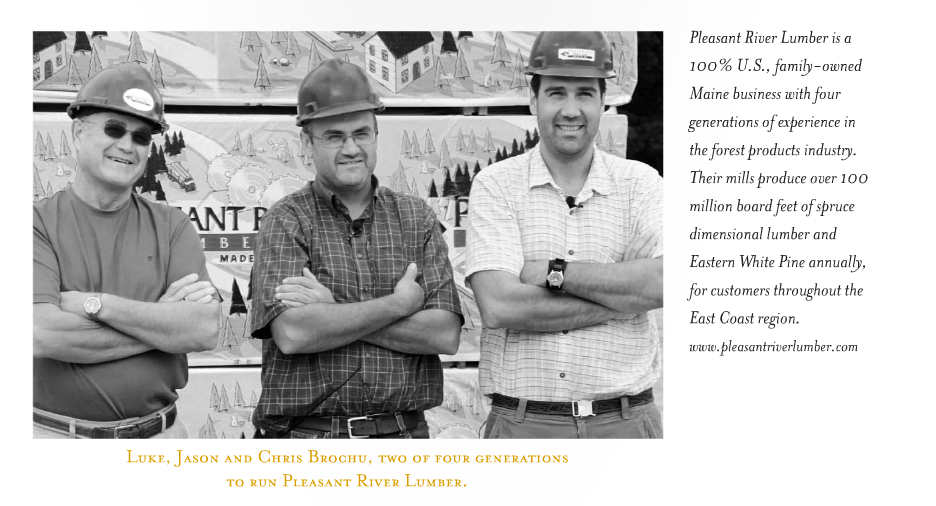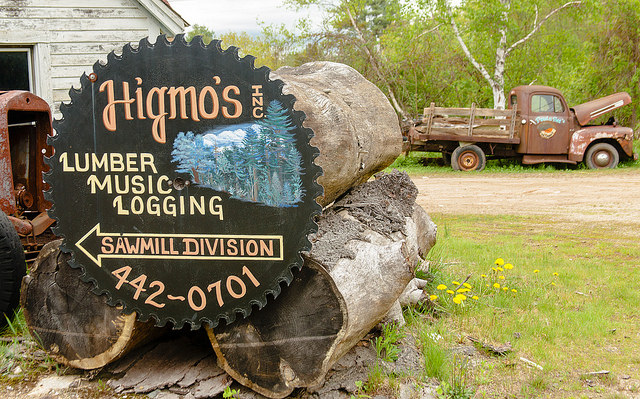
Every now and then, you come across a design that’s so simple and seemingly obvious, it’s a wonder you don’t see it more often – and in this case, it’s extremely budget-friendly, too. Studio Razavi Architecture created a series of room dividers for a large warehouse-style office in Paris that’s minimalist, inexpensive, multi-functional and puts the natural beauty of pine on display.


Vertically-installed pine lumber is attached to either opaque galvanized metal or transparent corrugated plastic backings, depending on the level of privacy desired for each individual office and meeting space. These interior walls stop short of the ceiling, which keeps the space from feeling cramped and closed-off.


The designers chose to use pine because of all the character in its natural markings, specifically looking for lumber that features lots of knots. The result feels clean and polished despite the simplicity of the materials used, with all that vertical wood recalling the trunks of young trees in a forest.
















